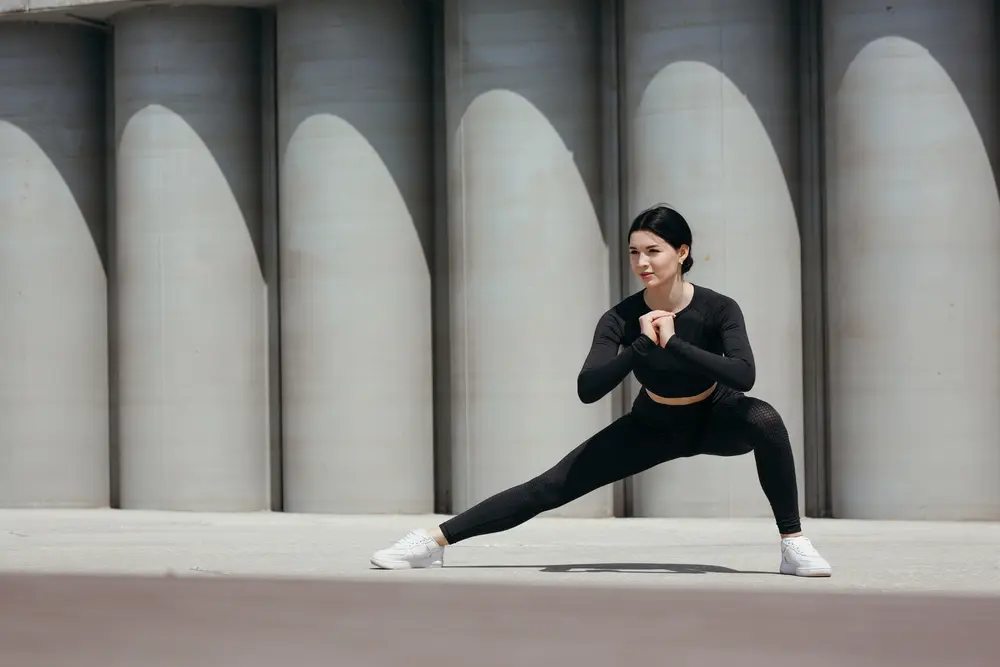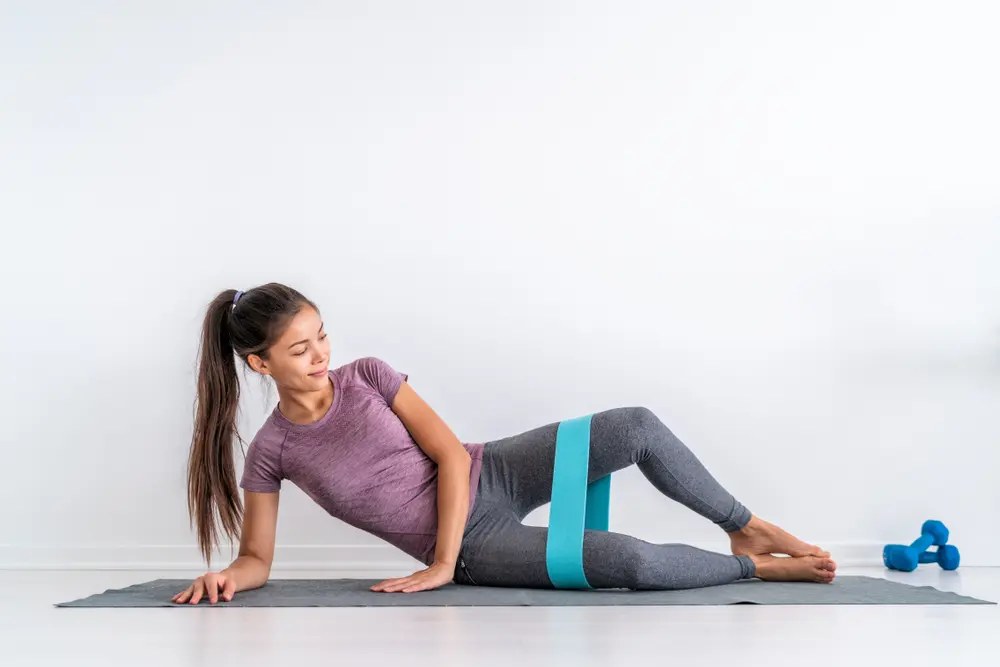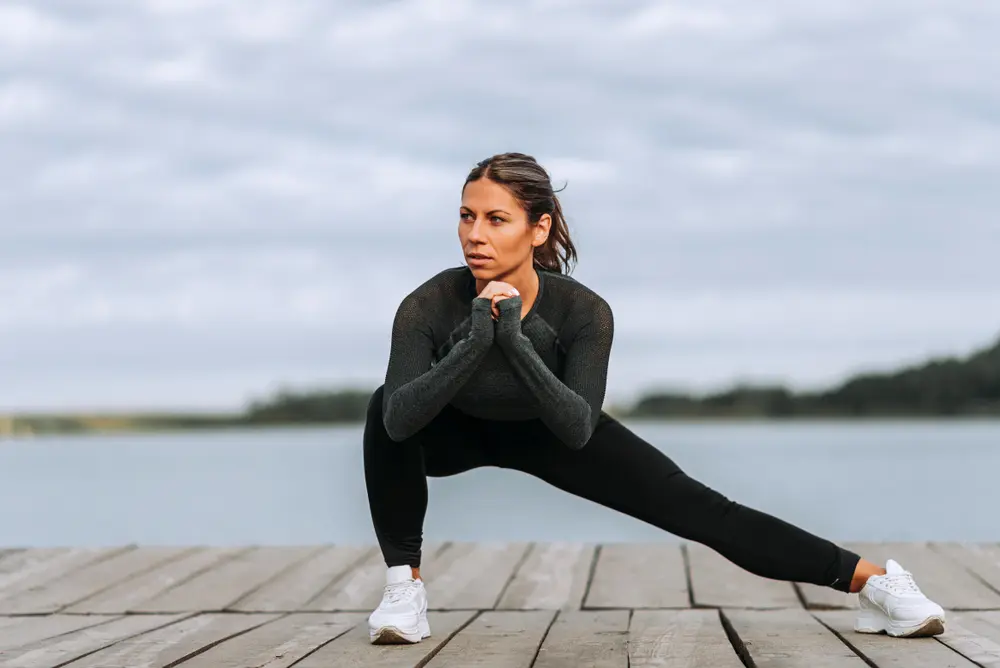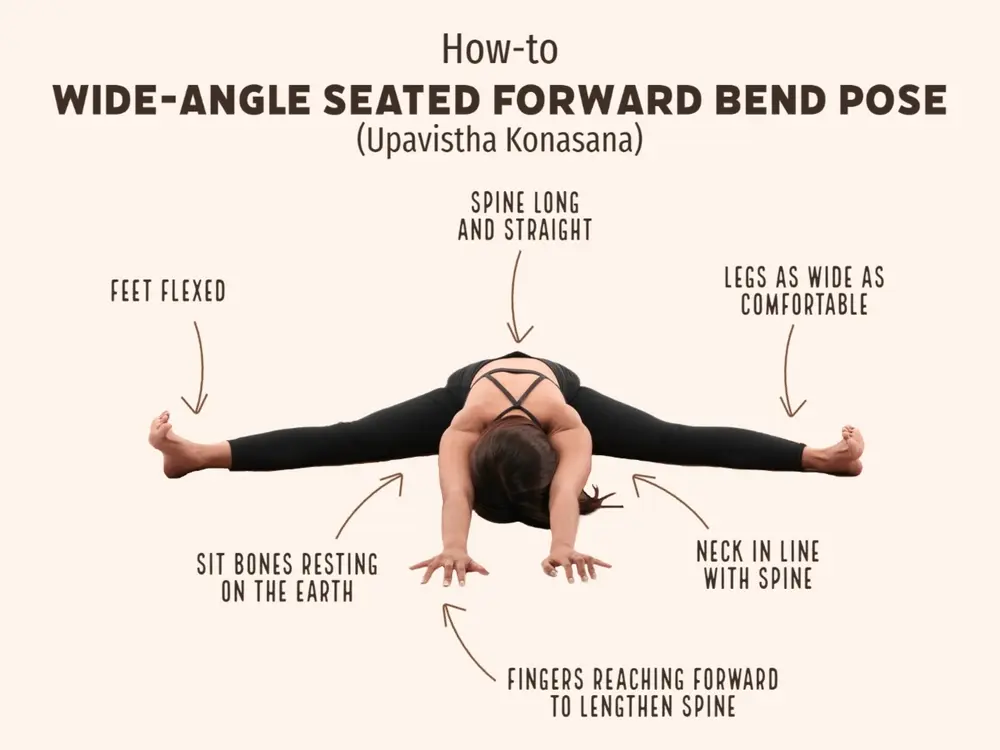How to Stretch Your Inner Thighs: A Comprehensive Guide for Flexibility and Pain Relief
Having tight inner thighs can make daily tasks difficult and uncomfortable, whether you’re walking, running, or sitting. If you’re an athlete looking to boost your performance or someone wanting to ease pain, this guide offers safe stretching techniques for your adductor muscles based on science. You will learn how to stretch your inner thighs: Improve flexibility, avoid injuries, and regain movement by tackling the main causes of tightness and providing helpful answers.
Why Stretching the Inner Thighs Matters
The inner thighs, also known as adductor muscles, are important for keeping the pelvis steady and helping with moves like walking, squatting, and moving sideways. Ignoring these muscles can cause problems that impact your whole body. Here, we look at the advantages of being flexible and the dangers of not paying attention to tightening.
Benefits of Inner Thigh Flexibility
Flexible adductors help improve general physical health in a few important ways:
- Improved Posture: Tight inner legs pull the pelvis forward, causing it to tilt forward. This mismatch puts pressure on the lower back and hips. Regular stretching helps by lengthening the muscles, which lets the spine go back to its normal position.
- Enhanced Mobility: Having flexible inner thigh muscles makes it easier to do hip rotation activities or wide leg movements, like certain yoga poses (such as Warrior II) and sports like soccer.
- Injury Prevention: Flexible muscles can better handle shocks during intense activities, lowering the chance of strains or tears. For example, runners with tight inner thigh muscles are more likely to get groin injuries from repeated stress.
- Better Circulation: Stretching helps improve blood flow to your muscles, bringing oxygen and nutrients that help you recover and feel less sore.

Common Issues from Tight Inner Thighs
Ignoring tightness in this area often leads to:
- Groin Pain: Doing too much or sudden moves, like lunging to the side in tennis, can hurt the adductor muscles. This causes sudden, intense pain that gets worse when you move.
- Hip and Knee Strain: Tight adductor muscles change how you move, causing your knees to bend inward when you squat or jump. Over time, this misalignment puts stress on the joints, causing more damage to cartilage and tendons.
- Limited Range of Motion: Simple jobs like climbing stairs or getting out of a car can become hard. Tight inner thighs make it hard to fully stretch your legs, which can make moves feel stiff.
Preparing for Inner Thigh Stretches
Stretching cold muscles can cause injuries, so it’s important to get ready first. Here are some warm-up strategies and techniques to ensure safety and efficiency.
Warm-Up Tips for Safe Stretching
A good warm-up gets your muscles ready for stretching by improving blood flow and flexibility. Here are the steps to follow:
- Dynamic Movements: Do leg swings, hip circles, and easy squats for 5 to 10 minutes. For example, stand next to a wall and swing one leg forward and backward, and then side to side, to get your hips moving.
- Light Cardio: Do brisk walking, jogging, or jumping jacks to warm up your body. This makes muscles softer and more flexible.
- Foam Rolling: Roll a foam roller on your inner legs for 2 to 3 minutes. Gently press on sore areas and hold for a moment to help relieve stress.

Proper Form and Breathing Techniques
Using the right method helps stretches work the correct muscles and reduce strain.
- Posture Alignment: Keep your back straight and your shoulders loose. When doing seated stretches, try not to round your back. Think about extending your torso upward toward the sky.
- Deep Breathing: Breathe in slowly through your nose, letting your belly rise, and then breathe out through your mouth. This helps get oxygen to the muscles and encourages rest.
- Engage Core Muscles: Gently tighten your stomach muscles to help keep your hips steady. This helps stop you from bending your lower back too much during stretches like the sitting straddle.
Best Inner Thigh Stretches
These moves work well for the adductors. Hold each stretch for 20 to 30 seconds and repeat it 2 to 3 times during your lesson.
Butterfly Stretch (Seated or Supine)
1- Seated Variation:
- Sit on the floor with your knees bent and the bottoms of your feet touching each other.
- Slowly push your legs down towards the ground while leaning forward at your hips.
- Keep your back straight; don’t slouch.
2- Supine Variation:
- Lie on your back with your feet together and your knees bent outward.
- Let gravity pull your knees down to the ground. Put pillows under your knees for support if you need them.
This stretch helps improve hip movement and is often used in yoga to open the hips.

Side Lunge Stretch
- Stand with your feet 3 to 4 feet apart and your toes facing forward.
- Lean to the right, bending your right knee and keeping your left leg straight.
- Lower the hips toward the ground until you feel a stretch in the left inner leg.
- Hold, then do the same on the other side.
To stretch more deeply, put your hands on the floor or use a yoga block for support.

Seated Straddle Stretch
- Sit on the floor with your legs spread apart comfortably.
- Lean forward at your hips and stretch your hands down towards the floor.
- Keep your back straight; try to stretch your upper body instead of hunching over.
This stretch also works the hips, making it great for flexibility in the lower body.

Tips to Maximize Your Stretching Routine
Doing exercises regularly and including different types helps achieve long-lasting effects.
Consistency and Progression
- Daily Practice: Spend 10 to 15 minutes each day. Morning stretches help reduce stiffness, and evening stretches help you rest.
- Gradual Intensity: Add 5 to 10 seconds to your stretching time each week. For example, increase your holds from 20 seconds to 45 seconds over the course of a month.
- Track Progress: Keep a diary to track your progress. Can you squat deeper? Is crotch pain less?
Combining Stretches with Strength Training
- Strengthen Adductors: Do leg lifts while lying on your side or use a support band around your thighs when doing squats.
- Balance Workouts: Do stretches alongside movements like glute bridges or clamshells to keep opposing muscle groups, like the abductors, strong and balanced.
Mistakes to Avoid During Inner Thigh Stretching
Avoid common mistakes to prevent problems.
Overstretching and Bouncing Movements
- Static vs. Ballistic Stretching: Avoid shaking, which can cause microtears. Instead, keep your stretches steady.
- Respect Limits: Stretch only until you feel a light pull. Pain means you’ve pushed yourself too much.
Ignoring Pain Signals
- Differentiate Discomfort and Pain: A soft tug is normal, but sharp or spreading pain is not. Stop right away if you feel any pain.
- Recovery Strategies: Rest the injured area, use ice, and see a trainer if the pain continues.

Final Thoughts on Inner Thigh Flexibility
Make these habits part of your daily life for lasting benefits:
- Routine Integration: Stretch while you watch TV or after exercising. Being consistent is more important than being intense.
- Long-Term Benefits: Stay active as you get older to lower the chances of falling or hurting your joints.
Conclusion
Stretching your inner thighs is an easy and effective way to improve your general health. By warming up, using the right technique, and preventing common errors, you can reduce pain, perform better, and prevent injuries. Flexibility takes time to build, so be patient and stick with it for the best outcomes.
